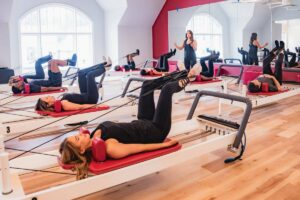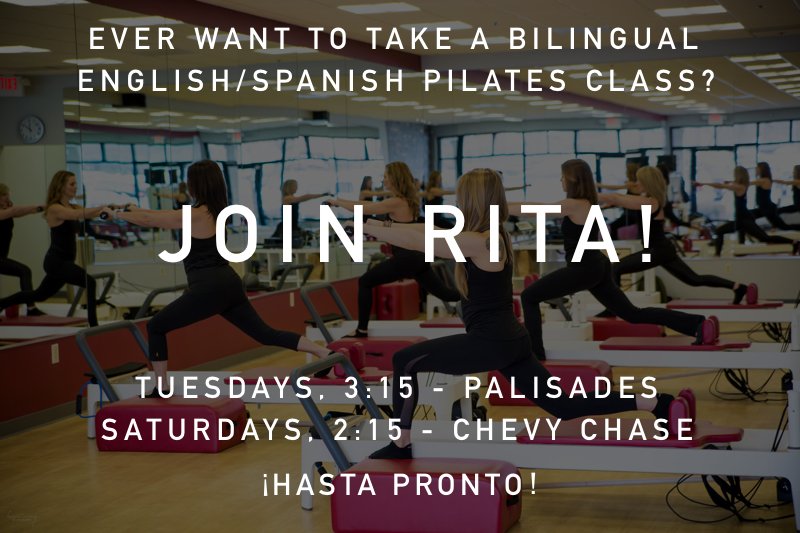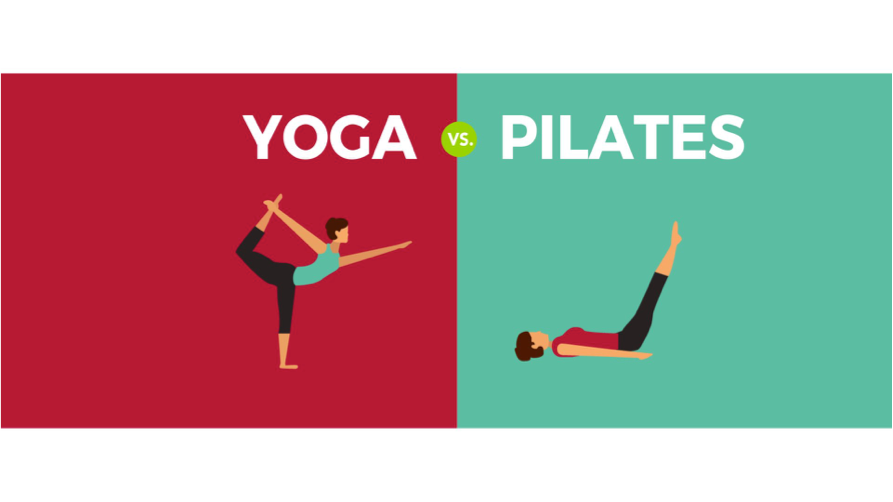 Exercise places strain on the body, which is entirely normal; in fact, it is why exercise is beneficial in the first place. However, with that strain comes the risk of injury, as even careful athletes can be on the receiving end of unpredictable accidents such as slips and falls. When an injury occurs, most people think of holing up in bed until the pain stops, but what about trying Reformer Pilates classes instead? The period immediately following an injury might not be the right time to go all-in on tough Pilates workouts.
Exercise places strain on the body, which is entirely normal; in fact, it is why exercise is beneficial in the first place. However, with that strain comes the risk of injury, as even careful athletes can be on the receiving end of unpredictable accidents such as slips and falls. When an injury occurs, most people think of holing up in bed until the pain stops, but what about trying Reformer Pilates classes instead? The period immediately following an injury might not be the right time to go all-in on tough Pilates workouts.
Still, it is a great chance to facilitate recovery with the help of an adaptive reformer. Here’s why recovering athletes are turning to Reformer Pilates to gain the upper hand in recovery and get back to the workouts they love faster.
How Pilates Supports Athletic Recovery
While Pilates is a form of exercise and also a recovery method, it supports the body while simultaneously challenging it. This ideal combination of movements makes recovering from an injury easier, faster, and less uncomfortable.
Low Impact
One of the biggest challenges during athletic recovery is managing the fine line between straining the injured site and keeping it mobile. Pilates offers a low-impact exercise option, allowing the injured area to continue to move without being exposed to sudden, jarring forces associated with other types of movement, such as running.
Continued Exercise
Most athletes do not want to stop their exercise routines during injury recovery completely. In addition, continuing to stay active is great for the body. It preserves the gains that the athlete has achieved up to that point.
Pilates provides an option to continue to exercise safely and with support for the injured area. This, in turn, allows the muscles to remain strong and supportive of the injured area so that athletes can pick back up where they left off once the injury heals fully.
Blood Flow and Tension
 Exercise increases blood flow throughout the body, which is essential for speedy recovery. The more blood reaches the injured area, the faster the body will heal it.
Exercise increases blood flow throughout the body, which is essential for speedy recovery. The more blood reaches the injured area, the faster the body will heal it.
When blood flow constantly refreshes the supply, more platelets, collagen, and other essential components can work at the injury site. Thus, exercise facilitates injury recovery, and Pilates offers exercise that is supportive, safe, and low-impact.
Exercise also releases endorphins and other compounds that help muscles relax. By eliminating tension around the injury site, the individual will often experience less pain and can keep the area mobile, which will make for a faster return to form.
Balance and Symmetry
Many people recovering from an injury think about the area immediately surrounding the problem, and they fail to consider how even a small sprain or muscle tear could impact their entire body.
If a person in pain favors one side, the muscles on the other side must rise up to compensate. As a result, injuries can lead to imbalances and asymmetry in the body, which can pull on the skeleton and lead to poor posture and pain.
Pilates helps to exercise the muscles in symmetry, even during injury recovery. This keeps the body’s muscular system balanced so that the person does not strain other areas while recovering. This is especially important for the spine and hips!
Cleansing and Metabolism
While a person is recovering from an injury, two things are often true: they are not living their life as they normally would, and they may be taking extra medications to combat pain, swelling, and other issues.
Both changes in diet (e.g., eating takeout because they can’t stand long enough to cook) and different medication usage can change the many chemical and nutritional components within the body.
 Studies show that exercise facilitates the removal of heavy metals and other elements, helping the body to rid itself of the things that keep it feeling sluggish during recovery. This allows the body to focus more on the nutrients it needs to heal!
Studies show that exercise facilitates the removal of heavy metals and other elements, helping the body to rid itself of the things that keep it feeling sluggish during recovery. This allows the body to focus more on the nutrients it needs to heal!
Try Pilates During Recovery for Best Results
No one wants to experience an injury, but when they do, the choices they make next can have long-term consequences. While it may be counterintuitive to continue exercise after an injury, Pilates provides a powerful tool to maintain fitness during recovery and speed up the recovery process.
The instructors at RTR Pilates can help you maintain an exercise routine that supports your injury rather than straining it. Contact RTR Pilates to sign up for a beginner class and see how your body recovers with the help of an adaptive reformer.



